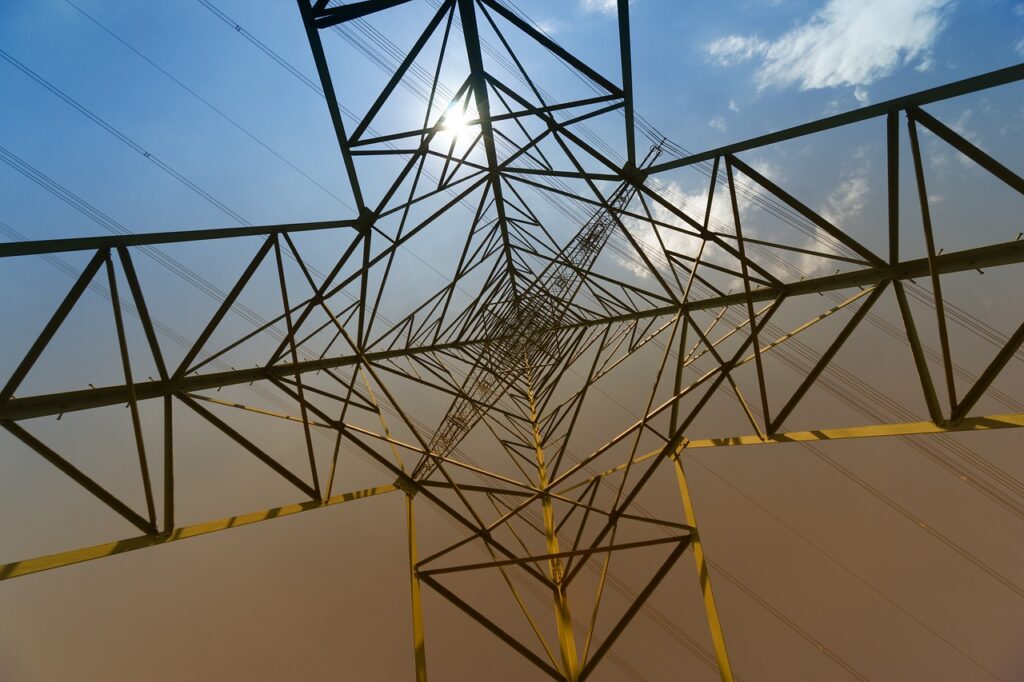The global power landscape is at a pivotal moment as electricity consumption continues to soar. This demand is primarily driven by the increasing reliance on industrial operations, the pervasive integration of air conditioning, appliances, electric vehicles, heat pumps, and the monumental rise in artificial intelligence applications.
Presently, global electricity grids extend approximately 80 million kilometers, enough to circle the Earth over 2,000 times or reach the moon and back a hundred times. However, with projections indicating that by 2040, an additional 50 million kilometers of grids will be required, the pressure to modernize and expand these crucial infrastructures becomes ever more acute.
The current infrastructure, though vast, is becoming a bottleneck. This obstruction is starkly highlighted by the fact that at least 1,500 gigawatts of clean energy projects—a capacity equal to all the renewable power added globally in the last three years—have faced delays due to inadequate grid connections. The consequences of these delays are profound. Not only do they endanger electricity reliability and security, but they also impede countries from satisfying their energy and climate targets.
The AI revolution further accentuates this urgency. Without synchronized efforts between the energy sector, technology companies, and government bodies, significant planned data center capacities may either be delayed or canceled altogether. Data centers, essential infrastructures of the digital age, can typically be constructed within one or two years. Conversely, new transmission lines can take anywhere from five to ten years to build, underscoring the mismatch between the need for rapid technological advancement and the slow pace of grid development.
Financial investment in grid infrastructure has seen an uptick over the past three years, with grid investment anticipated to reach approximately $400 billion by 2024. This sum, reportedly, signifies one in every eight dollars invested in the global energy system. However, projections suggest that by 2030, the required investment should rise to approximately $700 billion, or one in six dollars spent, to meet international ambitions. This sizable investment underscores not only the magnitude of the task but also the opportunity it presents to reshape the infrastructure landscape fundamentally.
The critical need for grid expansion and modernization is not just a technical or financial challenge—it’s existential for transitioning into an age where electricity is the dominant form of energy. Addressing these challenges proactively ensures that the grid infrastructure can support the forthcoming waves of technology and energy transitions essential for sustainable future growth.





